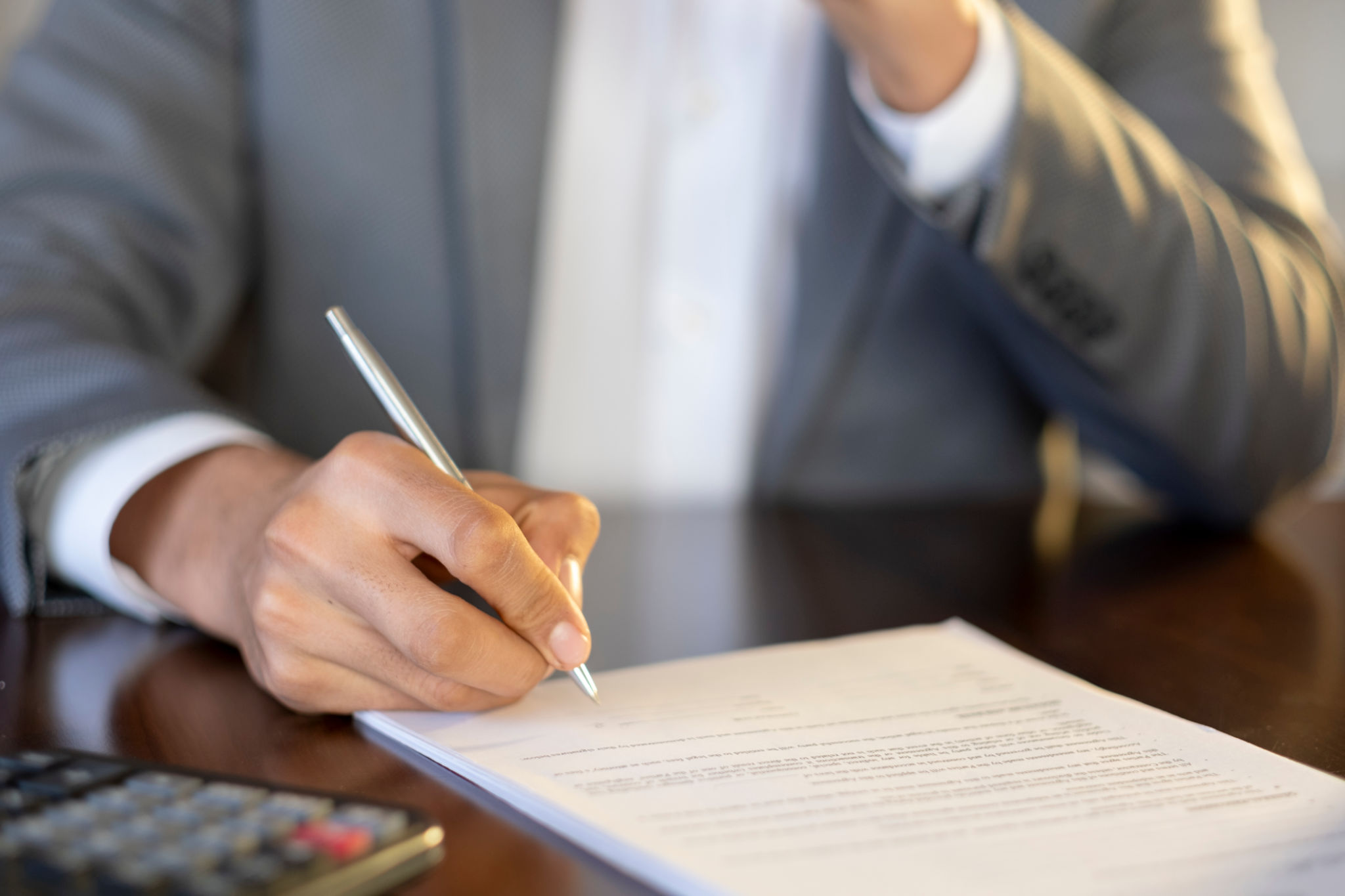Creating Timelines from Legal Documents: A Step-by-Step Guide
Legal documents can often be complex and challenging to interpret, especially when they involve intricate timelines of events. Creating a clear and concise timeline can help in understanding these documents better, whether for legal proceedings or personal comprehension. This guide will walk you through the process of creating timelines from legal documents, making the information more accessible and easier to digest.
Understanding the Importance of Timelines
Timelines serve as a visual representation of events, providing a chronological sequence that can be crucial in legal contexts. They help in identifying key events, understanding sequences, and pinpointing any discrepancies in narratives. By transforming legal documents into timelines, you can simplify the information and make it more understandable at a glance.
When dealing with legal cases, timelines can aid in organizing evidence, preparing for court proceedings, and ensuring that all parties involved have a clear understanding of events. They can also be instrumental in mediation and negotiation processes.

Gathering Necessary Documents
The first step in creating a timeline is gathering all relevant legal documents. This may include contracts, affidavits, court orders, emails, and any other documentation that records events or agreements. Ensure that you have the most up-to-date versions of these documents to avoid inaccuracies.
Once you have collected all necessary documents, categorize them based on their relevance and chronology. This initial organization will make it easier to extract important details later on.
Identifying Key Events
With your documents in hand, the next step is to identify key events that need to be included in your timeline. Look for dates, times, locations, and descriptions of events within the documents. Highlight these details as you come across them to make them easier to reference later.

Constructing the Timeline
Now that you have identified the key events, it's time to construct your timeline. Begin by listing the events in chronological order. Use a digital tool or software to create a visual representation of your timeline, or if preferred, draft it on paper.
- Start with the earliest event and work your way forward.
- Include all relevant details such as dates, times, and brief descriptions.
- Ensure that the timeline is easy to read and logically organized.
Adding Context and Details
Once the basic structure of your timeline is in place, add context and details to each event. This might include additional notes on the significance of the event, references to specific sections in the legal documents, or any other pertinent information that adds clarity.
Be sure to maintain objectivity and avoid adding interpretations or assumptions unless they are supported by the documents.

Reviewing and Finalizing
After constructing your timeline, review it thoroughly to ensure accuracy and clarity. Double-check dates, times, and details against the original documents. It may be helpful to have another person review your timeline for any errors or omissions.
Once satisfied, finalize your timeline and prepare it for presentation or submission. Ensure that it is clear, concise, and effectively communicates the sequence of events.
Utilizing Timelines Effectively
With your completed timeline, you now have a powerful tool for understanding and communicating complex legal information. Utilize it during legal proceedings, negotiations, or simply as a personal reference to stay organized and informed.
Timelines not only simplify complex information but also enhance communication between legal parties, making them an invaluable resource in any legal scenario.